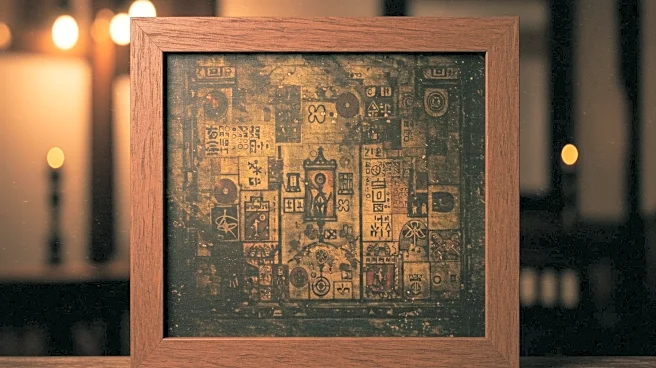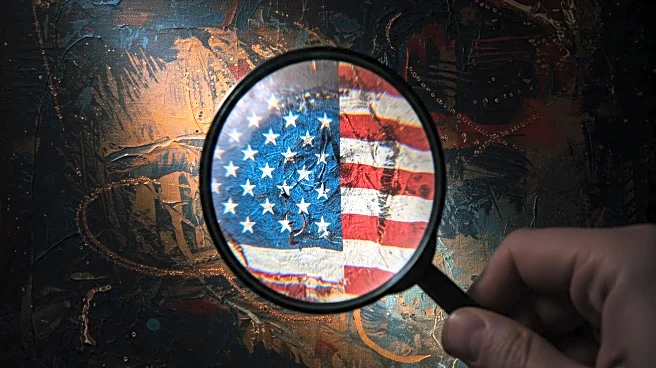What's Happening?
An 1848 painting by Richard Caton Woodville, titled 'Politics in an Oyster House,' is being analyzed for its relevance to contemporary American conspiracy thinking. The painting depicts a younger man aggressively expounding a theory to an older man, suggesting a mix of reasonable and unfounded assumptions. This reflects a long-standing feature of American politics, where conspiracy theories have been prevalent since the Salem witch trials. Recent polls indicate a high level of public belief in conspiracy theories, such as those surrounding Jeffrey Epstein. The persistence of conspiracy thinking is linked to a distrust of official narratives and a tendency to find connections where none may exist.
Why It's Important?
The analysis of this painting highlights the enduring nature of conspiracy thinking in American culture. Conspiracy theories can influence public opinion and political discourse, often leading to skepticism towards institutions and official narratives. This can have significant implications for democracy, as it challenges the balance between belief and skepticism necessary for informed citizenship. The current climate of conspiracy thinking, fueled by social media and alternative platforms, underscores the need for critical thinking and media literacy. Understanding the historical roots and psychological appeal of conspiracy theories can help address their impact on society.











